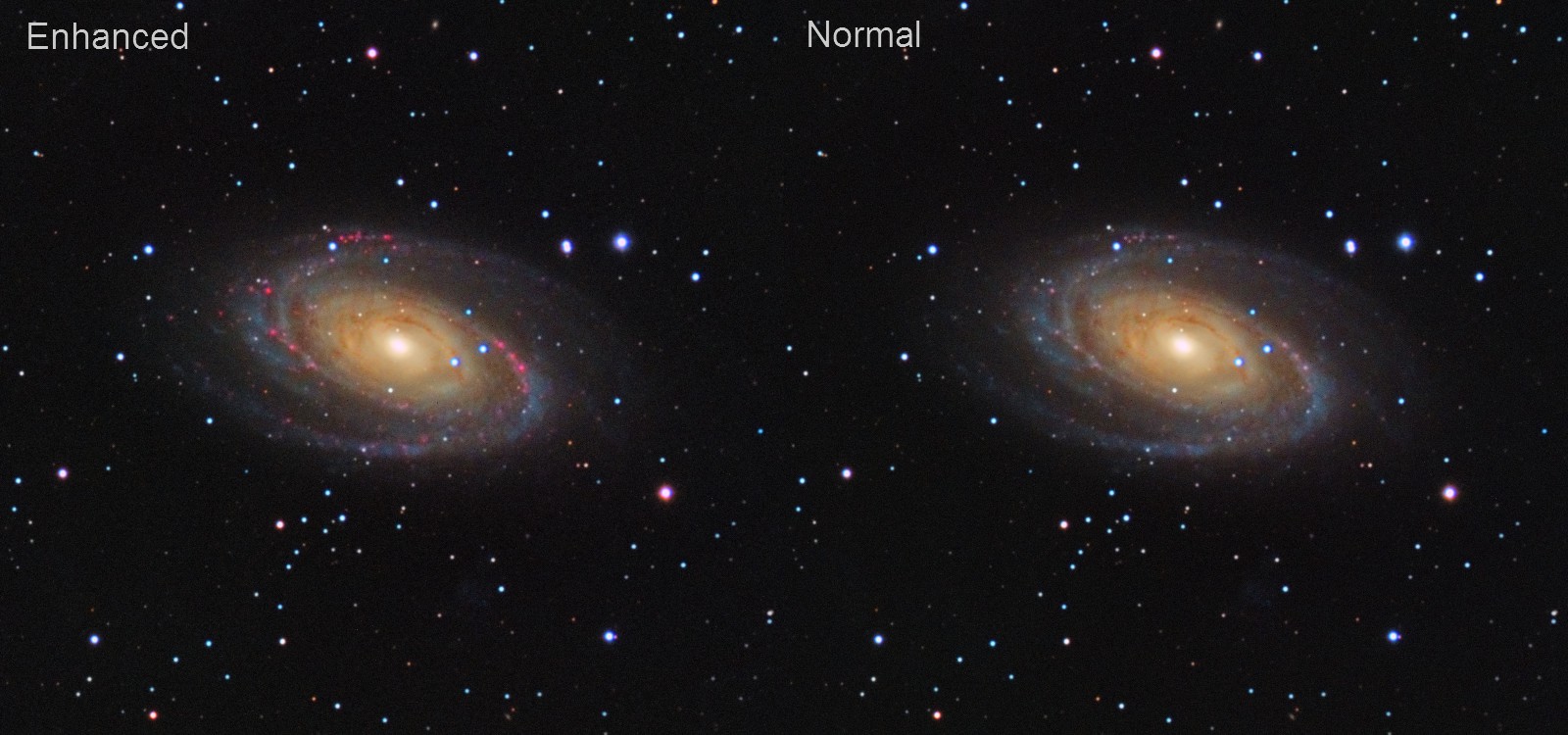English
- Dettagli
- Visite: 11483
StarNet++ is a very  interesting project by Mikita Misiura.
interesting project by Mikita Misiura.
It's a neural network based software to remove stars from astronomical images, and it does surprisingly well.
This piece of software is so interesting that has been released as an official PixInsight process starting from release 1.8.8-6.
- Dettagli
- Visite: 7041
 This is the video of my Workshop held at CEDIC 2019 in Linz.
This is the video of my Workshop held at CEDIC 2019 in Linz.
It shows a way to compose narrow band data of emission nebulae into a near true color image.
Leggi tutto: Creating near true color images for nebulae from narrow band data using PixInsight
- Dettagli
- Visite: 8719
Thanks to the collaboration with Roberto Sartori here our first PixInsigth script.
to be honest there is very little of me in it, only the "technical direction", the programming part was done entirely by Roberto.
The script is used to quickly and effectively correct the problem of magenta halos that appear around the stars when the narrow band images are combined to form the so-called Hubble Palette.
- Dettagli
- Visite: 66657
Galaxies are among the most fascinating objects to be photographed, their light emission comes mainly from the stars so it has a continuum spectrum.
For this reason, the primary capture method with CCD cameras is through RGB broadbandfilters ot get true-color images.
Some spiral galaxies, however, are very rich in HII regions, areas in which star formation is particularly active, and emit mainly hydrogen spectrum whose main emission line in the visible, called Hα (H alpha), is in red at 656.28 nm.
- Dettagli
- Visite: 117661
Recently I began to take astronomical pictures in narrow band using my SBIG ST2000XM and a set of Baader Filters (Hα, Hb, OIII and SII).
One of the most famous color composition technique of narrowband data is the Hubble Palette that gives to nebulas a typical golden-turquoise color palette.
In this composition the SII emission is associated to Red, OII to Blue and H alpha to Green.
The drawback of this composition is that, since Hα widely dominates on OIII and SII emission, OIII and SII image histograms should be boosted relative to Hα, this bloats stars and creates weird magenta halos.
Leggi tutto: Narrowband color composition using J-P Metsavainio Tone Map technique in PixInsight 1.8
- Dettagli
- Visite: 92427

I recently participated in an astrophotography processing contest promoted by Martin Liersch website.
The contest was focused on a picture of M8 taken on a quite light polluted sky: this image is an example on how PixInsight could be great on dealing with such problematic pictures.
Leggi tutto: PixInsight processing example | Goddchen M8 processing contest
- Dettagli
- Visite: 38696
As everyone knows PixInsight is a formidable tool for deep sky astrophotograpy processing: it gives to the imager a lot of tools that goes from preprocessing to the final touch on any astronomical picture.
Less knows that PixInsight is a powerful tool for planetary processing too.
- Dettagli
- Visite: 55095
In recent years narrow band filters astrophotograpy has spread widely among amateurs for various reasons.
Personally I chose this technique because I can successfully take pictures from skies with a certain amount of light pollution.
The better targets for this kind of photography are emission nebulas like HII regions and planetary nebulas, objects in which the light emission occurs in narrow spectral bands.
Leggi tutto: Steve Cannistra Bicolor composition in PixInsight







